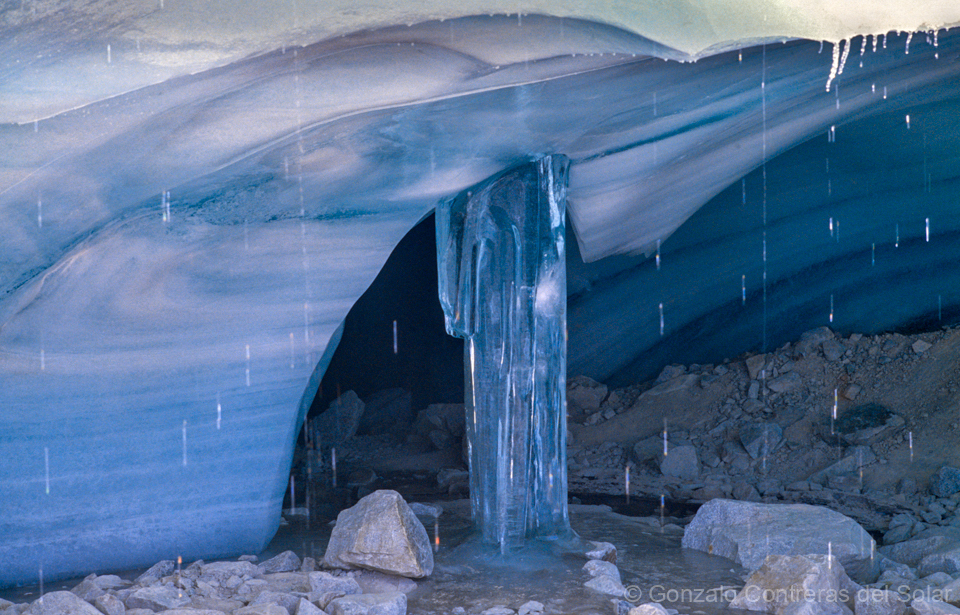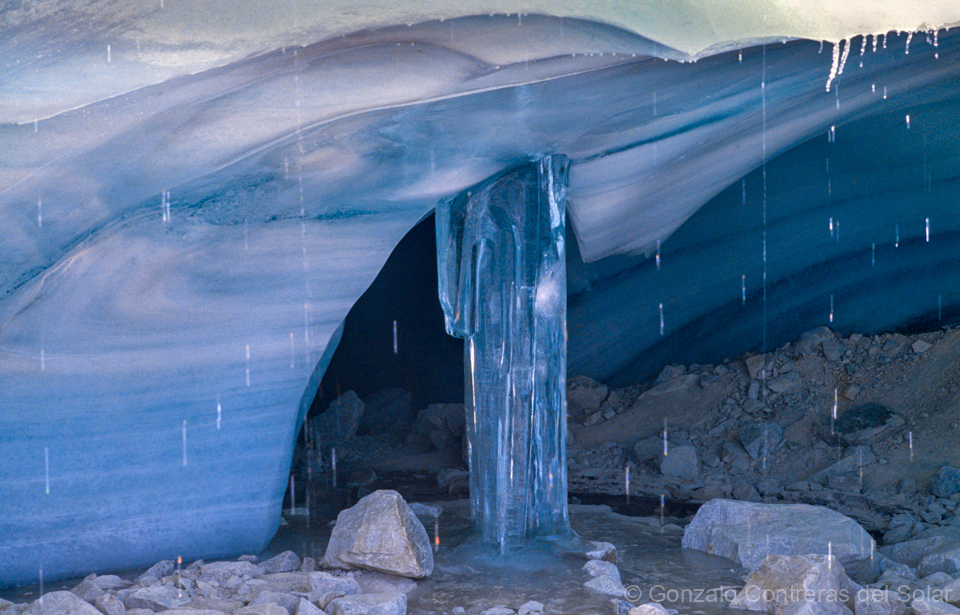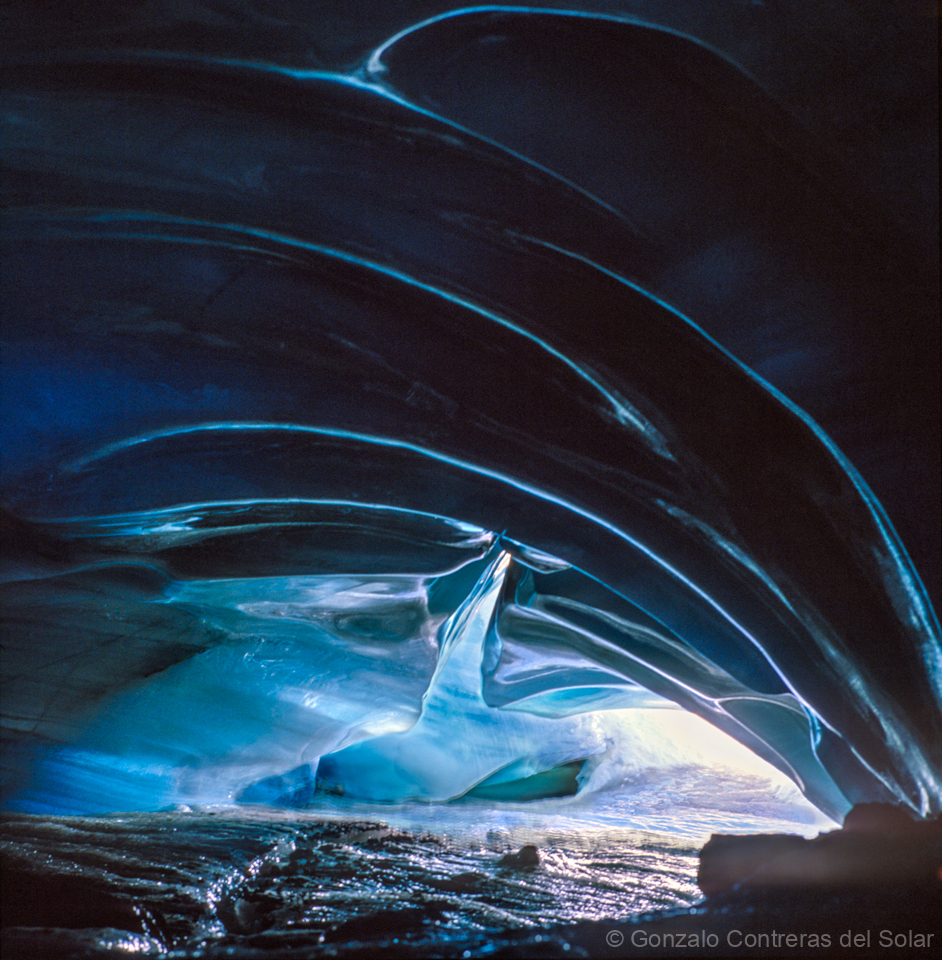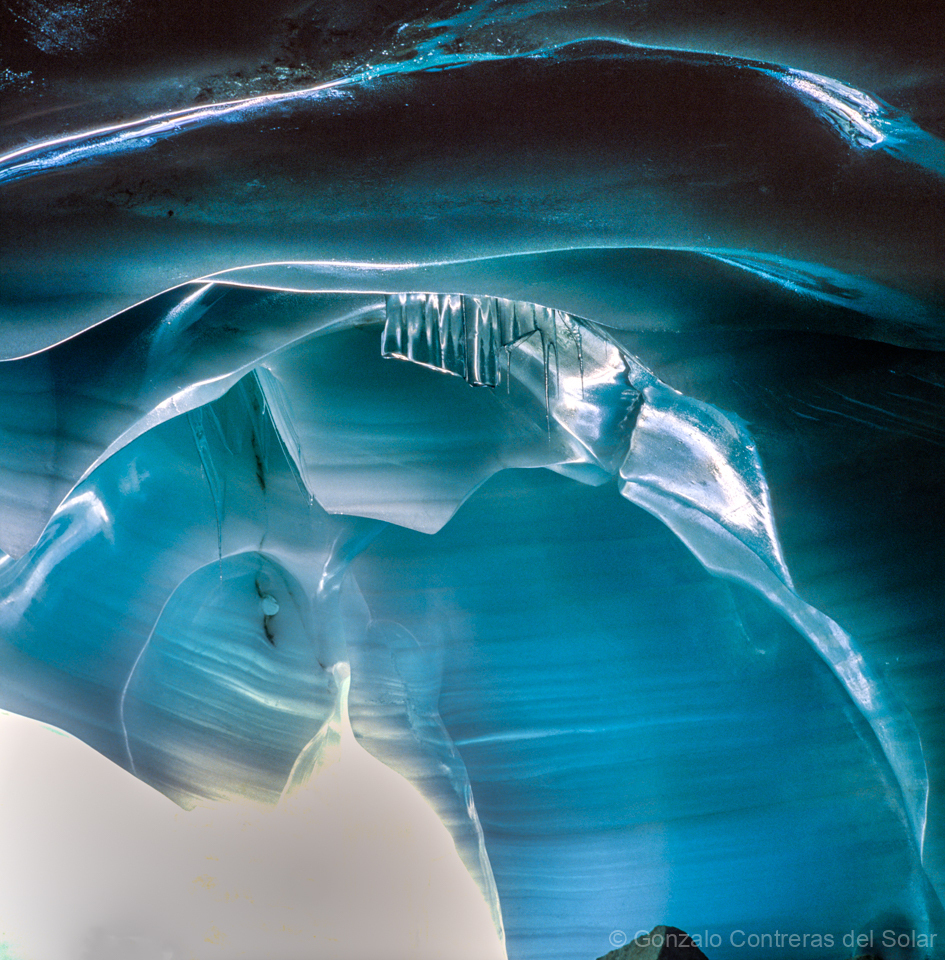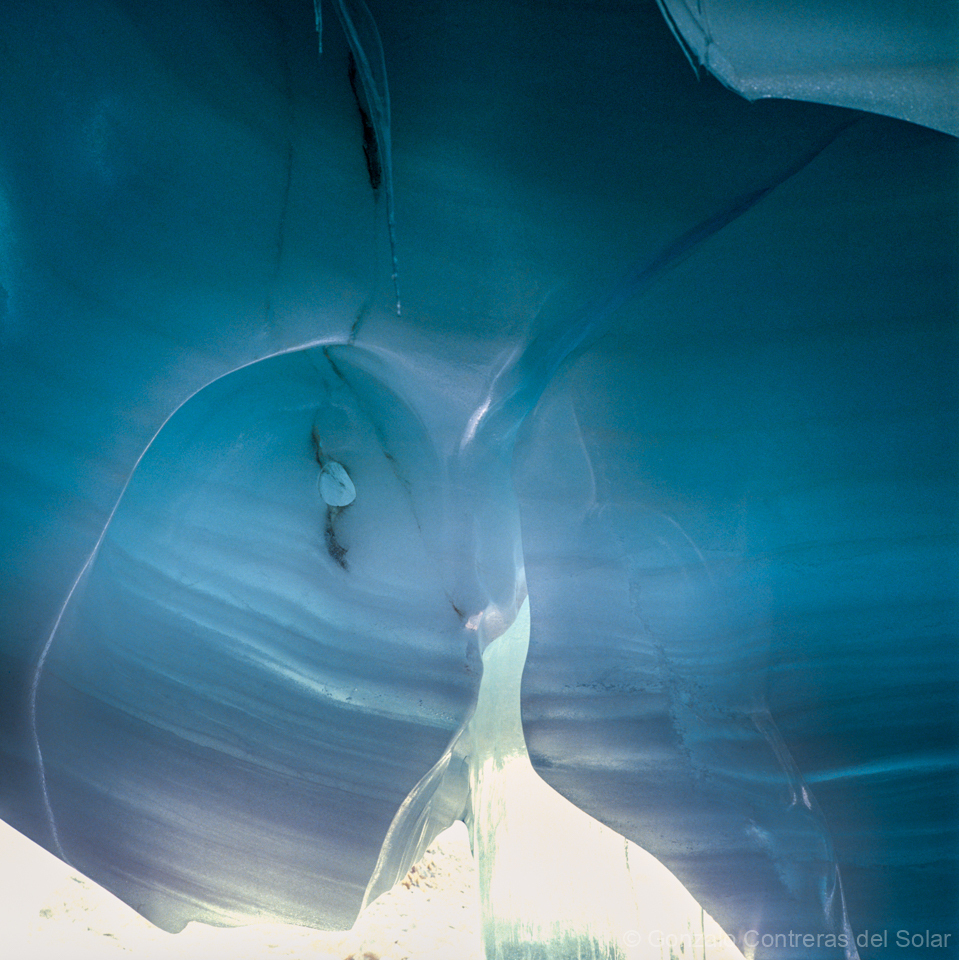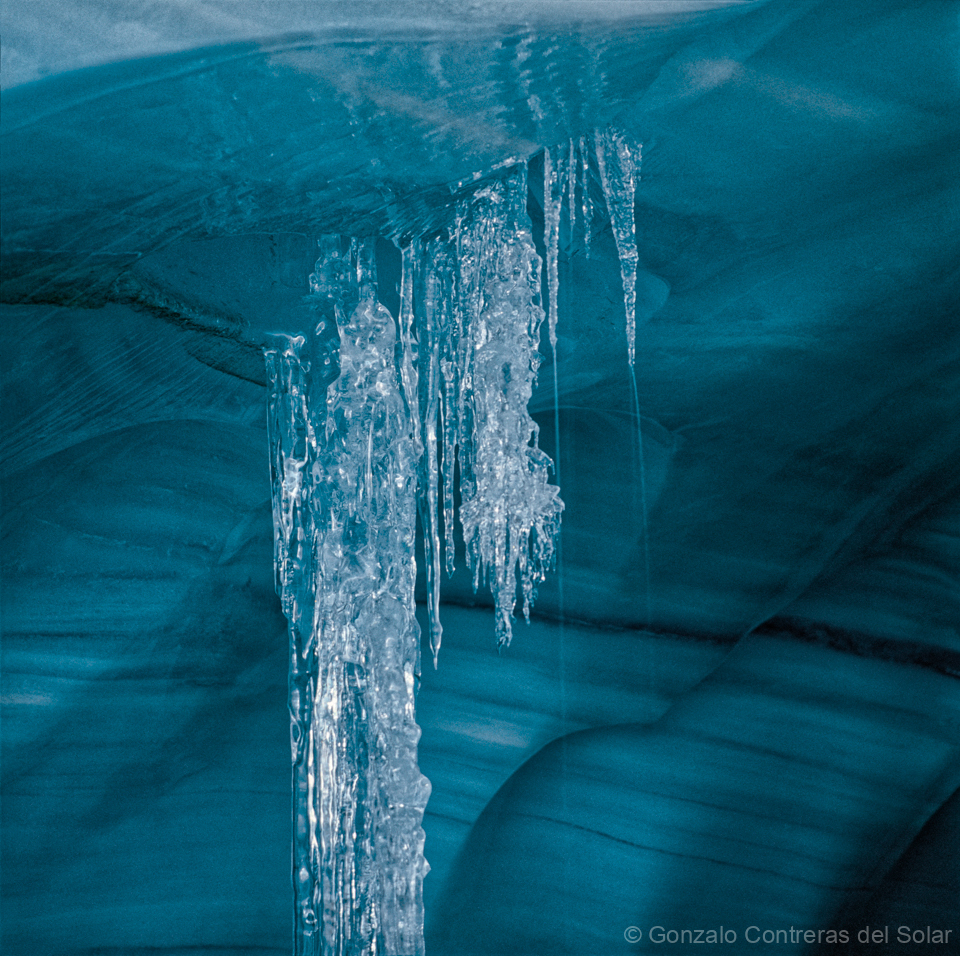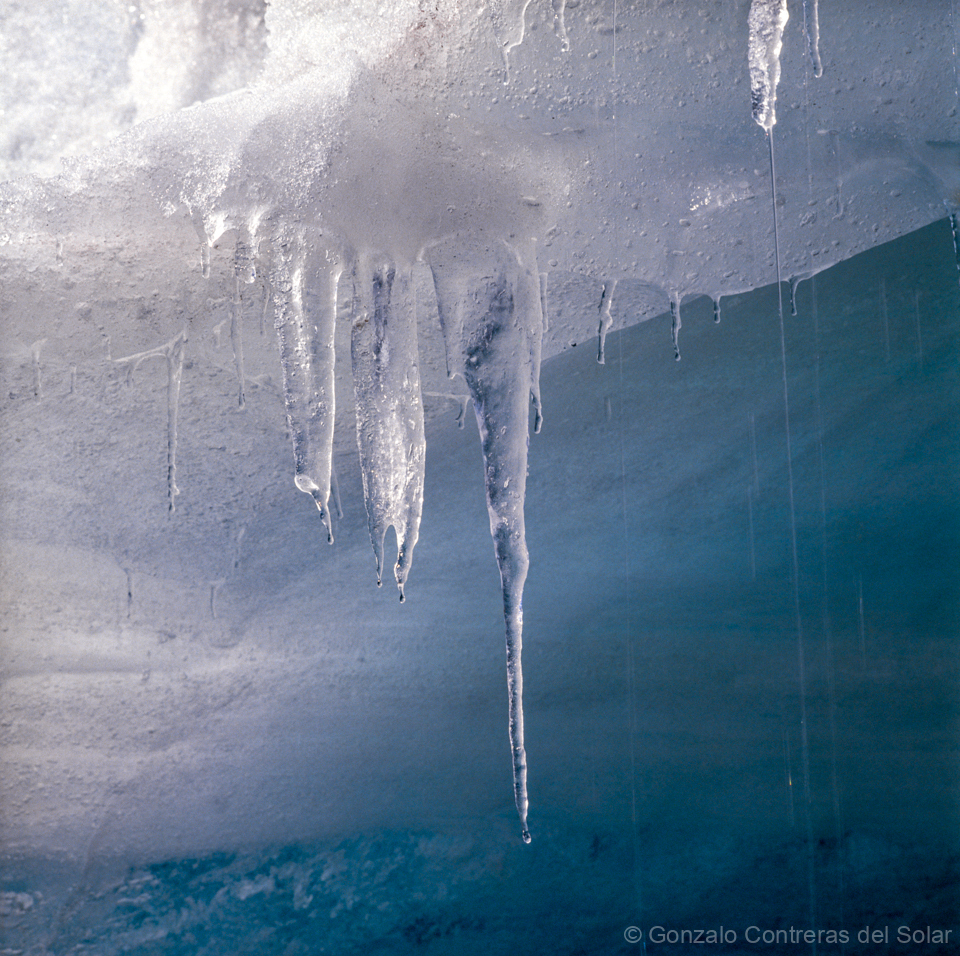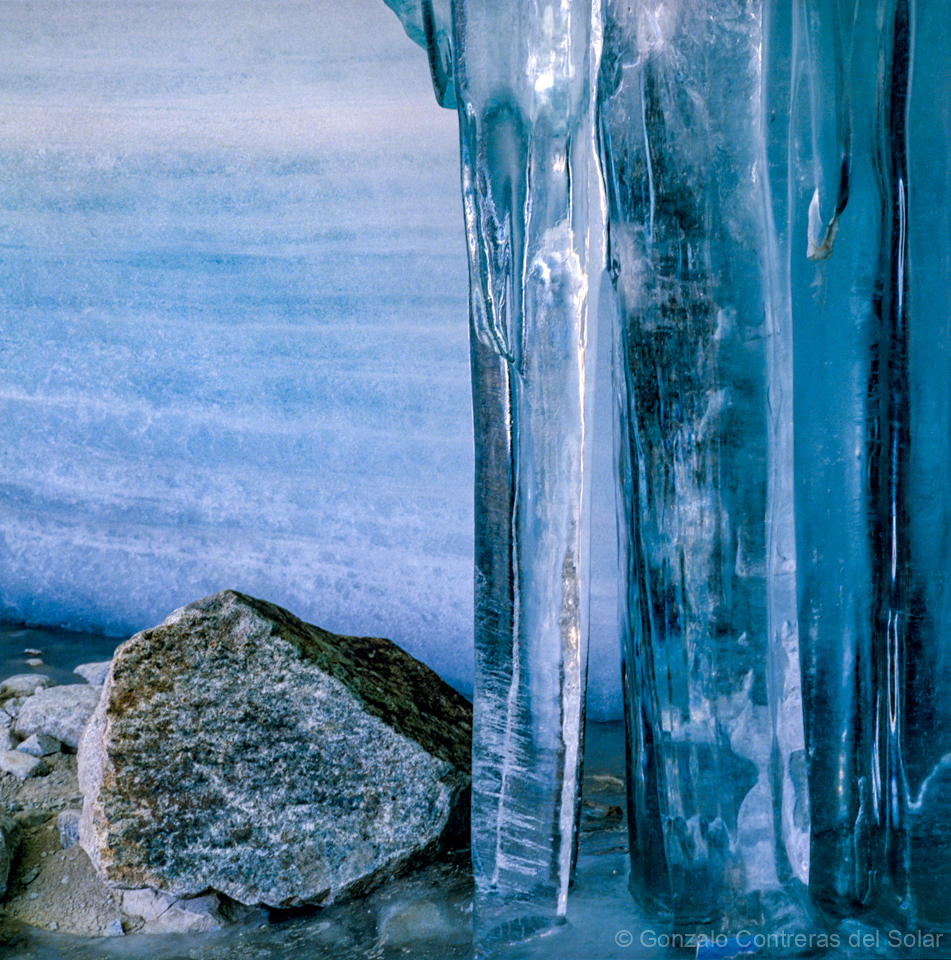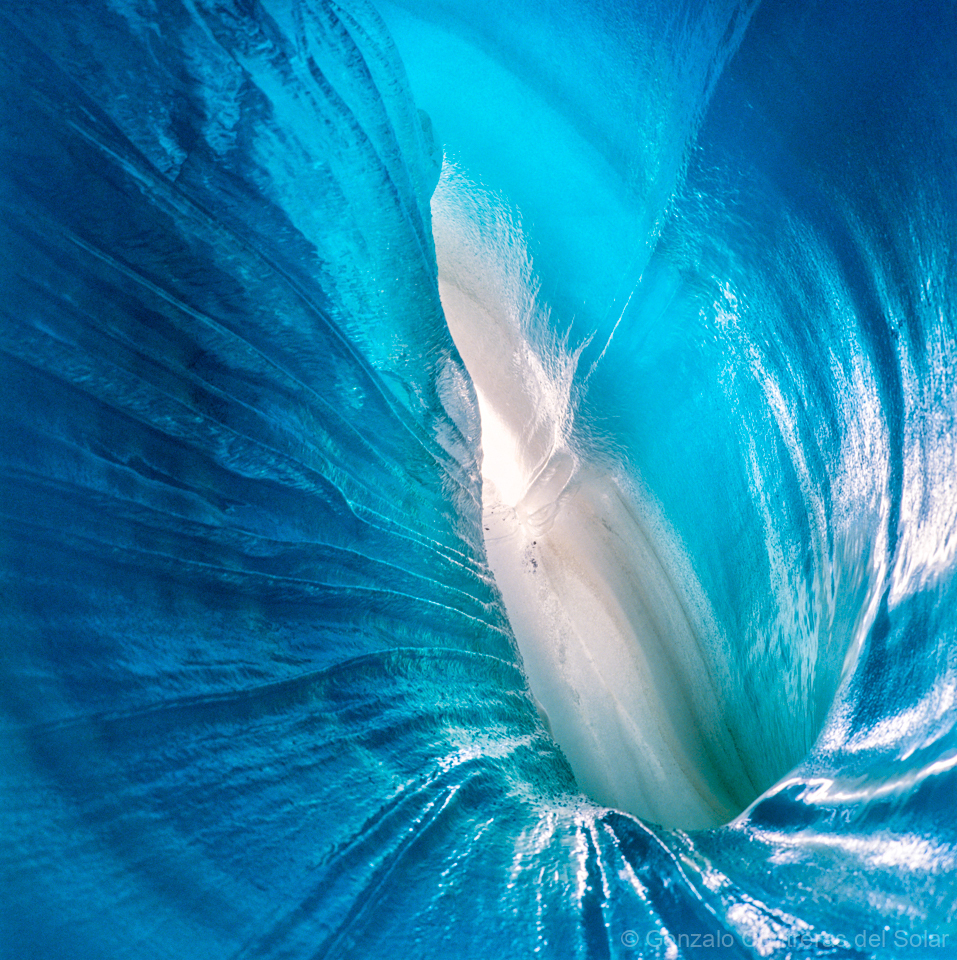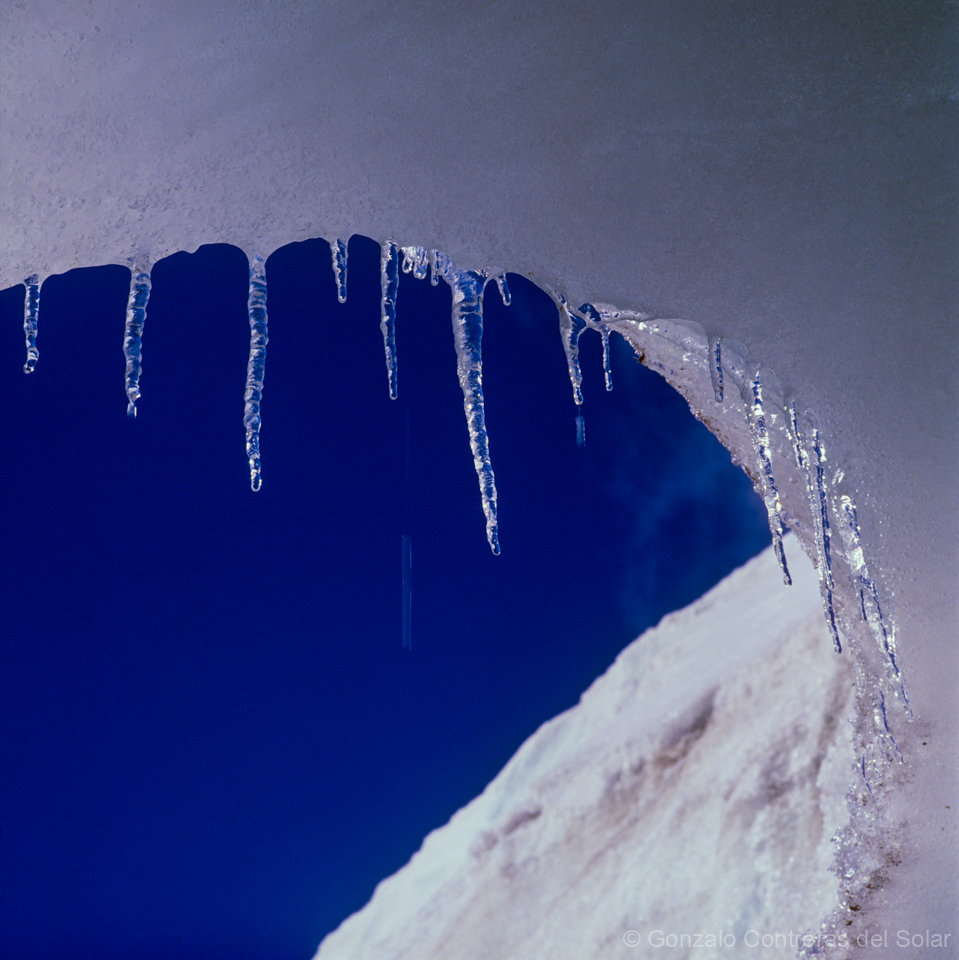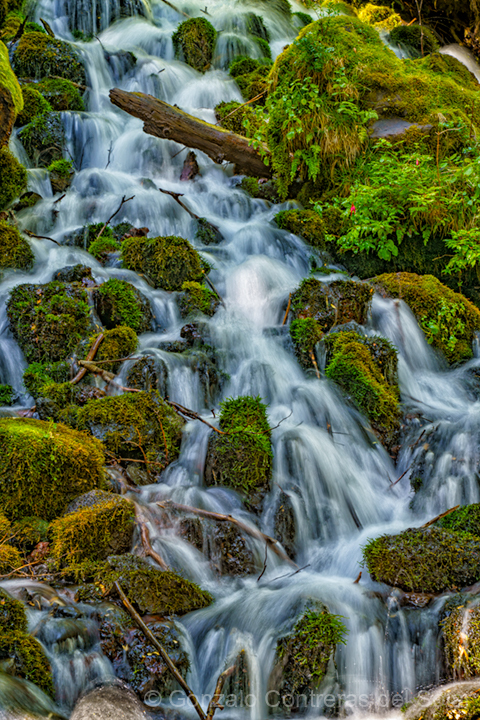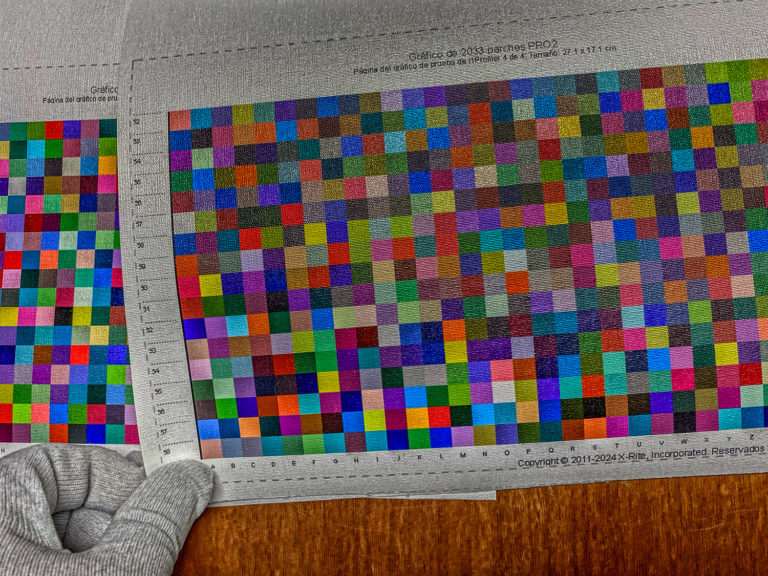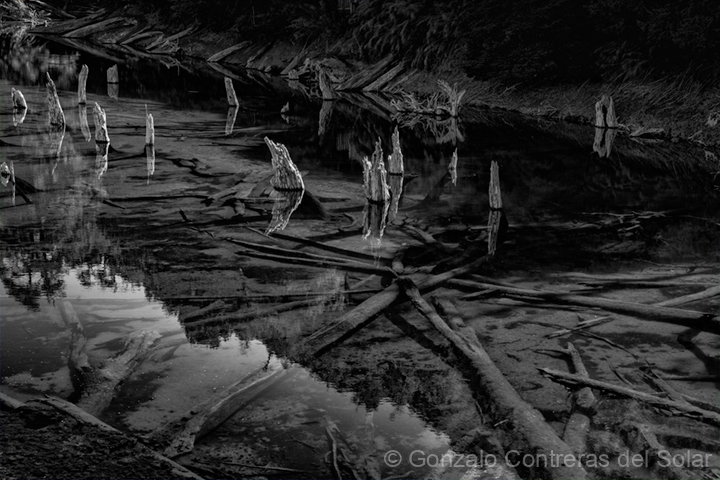High in the Bolivian Andes, at an altitude of 4,850 meters, the Grutas de Zongo once revealed a hidden world of ice.
These caves, carved at the base of a glacier near La Paz, carried a silence broken only by the sound of water and the slow shifting of frozen walls.
The glacier itself was a monument of time, its presence both fragile and eternal.
I visited in 1989, following a narrow path beside the water channels of the local power company. At the end of the trail, the glacier’s entrance opened to chambers of translucent stalactites and crystalline light.
I worked with medium-format film, struggling with the dimness inside, yet capturing images that would later take on unexpected meaning.
Years later, in 2004, satellite images revealed that the glacier had vanished. The Grutas de Zongo, once celebrated for their natural beauty, had melted away.
The ice retreated to a small patch, leaving no trace of the caves.
My search for photographs led only to silence. None appeared in archives or collections. It is possible that the images I made are among the last records of the Grutas de Zongo, a fragile memory of a frozen world that slipped into absence before most of the world ever knew it existed.
The story of this glacier speaks of impermanence. What once felt immutable was lost in the span of a few decades. Today, the photographs preserve not only the beauty of a landscape but also the memory of a place that time erased.
Explore the series at gcs.photo — fine art photography where water, memory, and time become poetic meditation.
